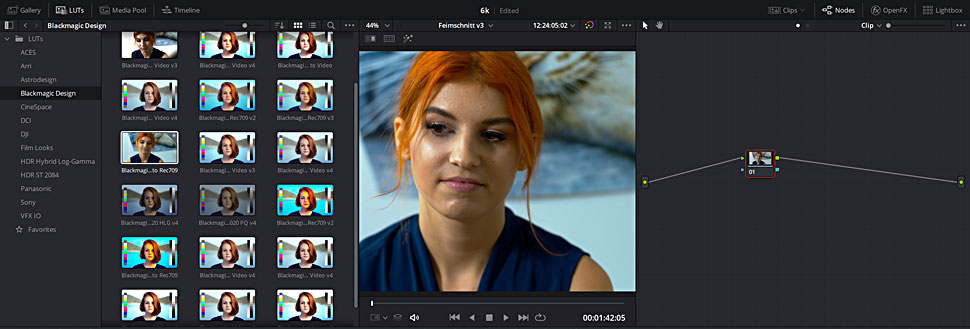

This explanation on LUTS from Light Illusion is also well worth a read and is also helpful on explaining 3D LUTS. This allows for greater control, for example, increasing contrast without increasing saturation. Here you can create “ a set of the combination of three inputs defining the combination of R, G, and B values not of one where each input refers to one unique output”. With a 3D LUT you have more control over transforming these values separately and in combination. So if you increase contrast in your image, you will increase saturation, because the values are tied together in the simple chart, take this and make it that. With a 1D-LUT you’ve got some control, but not that much control. I’ll paraphrase it as best I understand it.

This explanation over on the Fuji film site is mildly technical, but still explains things to an accessible level of detail. What’s the difference between a 1D-LUT and a 3D-LUT? For example in the red channel use LUT A to make 1 = 7 but in the blue channel use LUT B to make 1=15. This can happen to the image over all or per colour channel (RGB). If the input is 0 make the output 5 – or whatever, these numbers are arbitrary, it is just a conversion matrix – take this, make it that. If you’re an editor into saving time, you might also be interested in this post on my favourite royalty free production music sites.Ī LUT is basically a table that says if the input is 1 make the output 7.


 0 kommentar(er)
0 kommentar(er)
